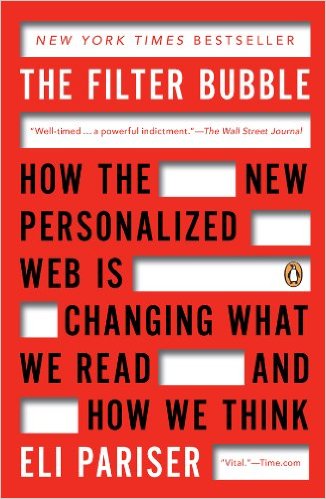Practice makes perfect
Use the tips throughout this guide to check your own claim, or use one of the claims listed below for practice. Remember, fake news articles may fall under multiple categories and might even mix in a few facts amid their falsehoods.
Tips for fact checking and avoiding fake news
1. When you open up a news article in your browser, open a second, empty tab. Use that second window to look up claims, author credentials and organizations that you come across in the article.
2. Fake news spans across all kinds of media - printed and online articles, podcasts, YouTube videos, radio shows, even still images. Be prepared to double-check everything.
3. Beware of confirmation bias. Just because you might agree with what an article is saying doesn't mean it's true.
4. As Mad-Eye Moody said in Harry Potter and the Goblet of Fire, "Constant Vigilance!" Always be ready to fact check.
5. Even the best researchers will be fooled once in a while. If you find yourself fooled by a fake news story, use your experience as a learning tool.
Are you in a filter bubble?
The Filter Bubble is Eli Pariser's theory that personalization on websites and social media we use, creates a filter bubble sending us only information, news and suggestions that confirms our views and likes, and distancing us from other information.
 The Filter Bubble: How the New Personalized Web Is Changing What We Read and How We Think, by Eli Pariser
The Filter Bubble: How the New Personalized Web Is Changing What We Read and How We Think, by Eli Pariser
More tips

Tools for fact checking
These websites can help you fact check things. This is not an exhaustive list.
Fact Checkers
- FactCheck.org fact-checks claims made by presidents, members of Congress, presidential candidates, and other members of the political arena by reviewing TV ads, debates, speeches, interviews, and news releases.
- The Pulitzer Prize-winning Politifact researches the claims of politicians and checks their accuracy.
- One of the oldest debunking sites on the Internet, Snopes.com focuses on urban legends, news stories and memes. the also cite their sources at the end of each debunking.
- A professional networking website where you can look up the authors of articles and books to see if they're credible.
- Similar to Snopes but tighter in scope, Hoax-Slayer focuses on email hoaxes, identity theft scams and spam.
Associated Press (AP) Fact Check
- Fact-checking and accountability journalism from AP journalists around the globe.
The Washington Post Fact-Checker
- While focused primarily on political facts, it covers specific claims in-depth and with plenty of cross-referencing.
- Open Secrets is a nonpartisan, independent and nonprofit, run by the Center for Responsive Politics, which is the nation’s premier research group tracking money in U.S. politics and its effect on elections and public policy. Open Secrets are by far the best source for discovering how much and where candidates get their money. They also track lobbying groups and whom they are funding.
- A national, nonpartisan, nonprofit organization that uses the tools of civic tech, open data, policy analysis and journalism to make our government and politics more accountable and transparent to all. Sunlight primarily focuses on money’s role in politics.
Verification Handbook: An ultimate guideline on digital age sourcing
- Handbook is a step by step guide for verifying digital content initially created for reporters and emergency responders. PDF of entire book -- free to use.
Verify Webpage History
- Web archive that captures websites over time and can be used to verify content history and edits.
Verify Images
Found an image you think may have been manipulated or photo-shopped? Use these tools to check for any digital changes:
Identify parts of an image that may have been modified or “photoshopped”.
Upload or use a URL image to check the content history or to see similar images on the web.
Identifying the location of a suspicious photo or video is a crucial part of the verification process.
Upload or enter the URL of an image and view its metadata.
Upload or enter an image URL to the search bar and see a list of related sites. Has plug-ins for your browser.
Crowd-sourced version of Google Maps, featuring additional information.